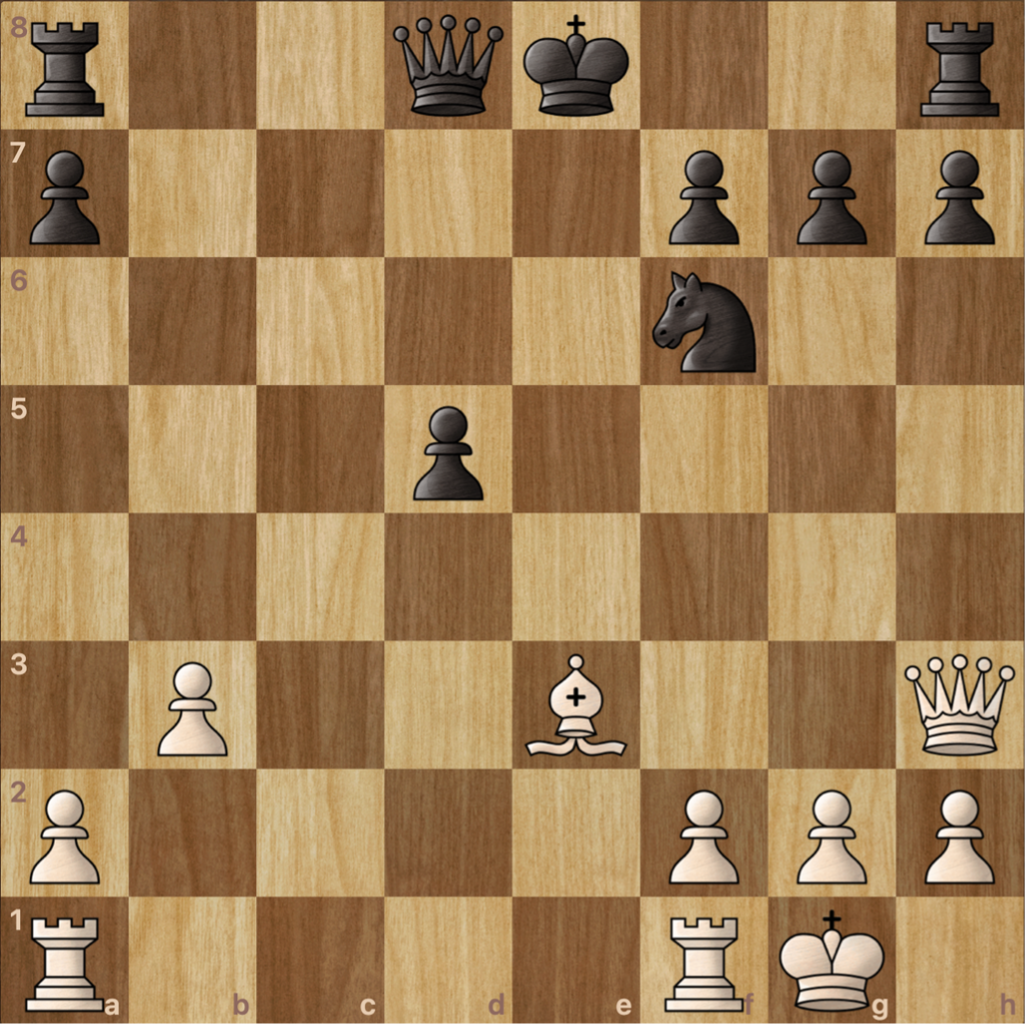Some readers may groan upon seeing the title of this post, and that’s okay. I get it.
Who, when taking their first steps in chess, dreams of winning wars of attrition? Probably no one. On the contrary, I often fantasized about winning a brilliant game in a tournament hall or chess club with a crowd of people watching in awe. Okay, I admit it … I still do!
Alas, I rarely win beautiful games. Most of my wins border on the tedious side — regularly 50+ moves. When I get away from this — whether because of fatigue, laziness, or delusions of grandeur — the results are usually disastrous. I’m just a grinder, and I’ve finally accepted that.
Fortunately, grinding works.
Easier to Play with Black?
With the White pieces, I feel a burden to “prove something” with my advantage of the first move. This often leads to going for too much, and bad things happen.
Grinders subscribe to the “equalize first” philosophy of playing the Black pieces. There isn’t any pressure to “do” anything. Even draws with peers are acceptable, though we want to win just as much as anyone else!
In the right position types, there will often be chances as Black to turn the tables on your opponent, especially if you’re willing to face a mildly unpleasant initiative. For a great example of this, play through Anatoly Karpov’s win against Gata Kamsky from the 1996 FIDE World Championshp Match.
Now I want to share another classic in a similar vein, also one of my favorite examples:
